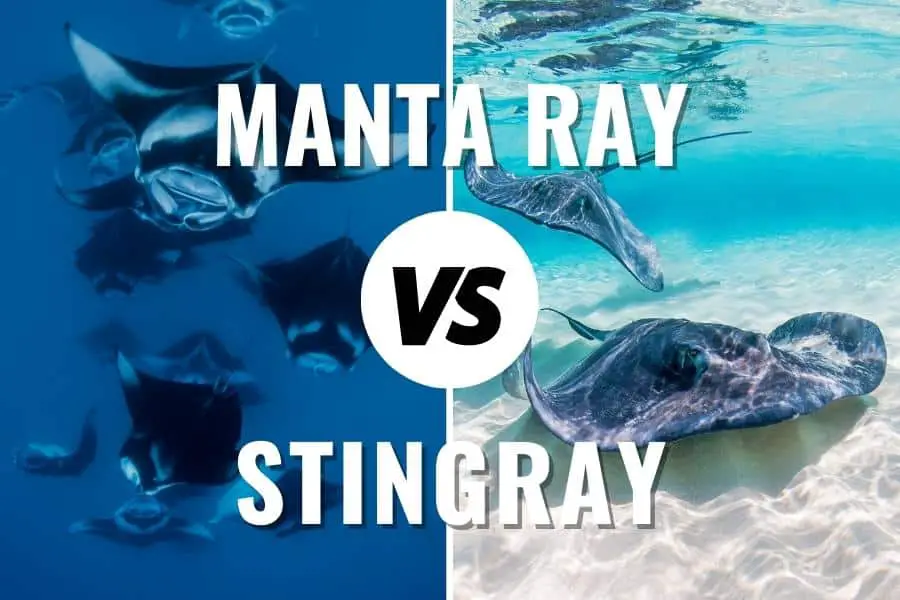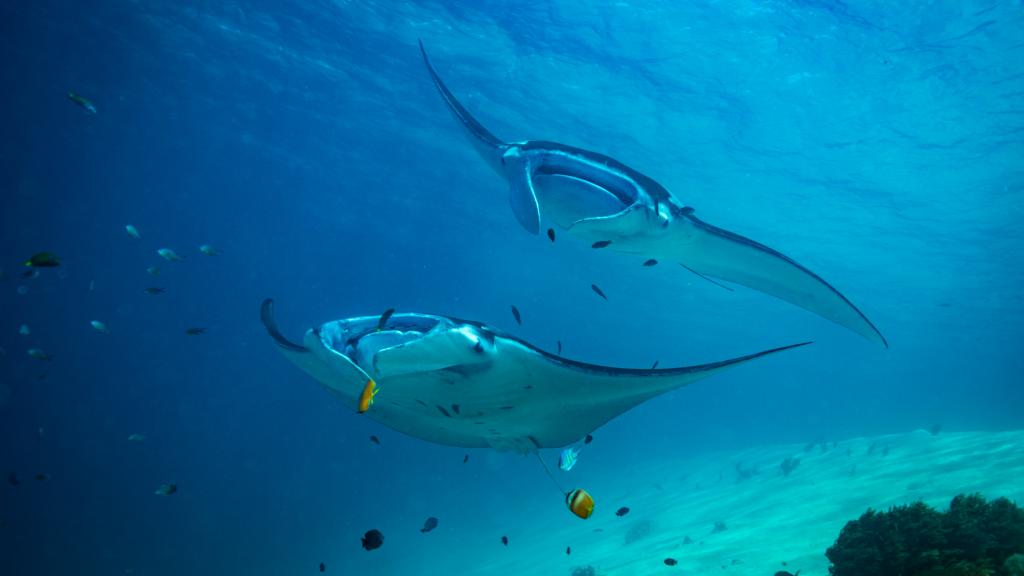

Tail Stinger: Manta rays do not possess a stinger or barb on the tail. Notable differences between Manta Rays and Stingraysġ. Difference Between Twin and Double Room.Differences Between Powerbeats 2 and Powerbeats 3.In 2013, 45 species were listed as vulnerable or endangered by the IUCN. Many stingray species are becoming progressively threatened and vulnerable to extinction, primarily due to unregulated fishing.ġ0. There are currently 220 known species of stingrays that are organized into 10 families and 29 genera.ĩ. Some stingray species such as Plesiobatis daviesi are found in the deep ocean, while others such as Dasyatis thetidis are found in warm temperate oceans.Ĩ. Some species are also found in freshwater locations.ħ. Stingrays inhabit a variety of waters around the world, including tropical, subtropical, and temperate waters. Some members of the suborder Myliobatoidei do not have stingers, such as the Manta rays and porcupine rays.Ħ. This is where the venom is concentrated.ĥ.
MANTA RAY AND STINGRAY DIFFERENCE SKIN
The entire stinger is covered in a thin skin layer, which is called the integumentary sheath. A stingray’s stinger can reach up to 35cm (14in) in length, and has two grooves on the underside which have venom glands.Ĥ. These are exclusively used in self-defense.ģ. The majority of stingrays have one or more stingers that are barbed (these are modified from dermal denticles) on their tails. Stingrays are small rays that are cartilaginous fish, which are more closely related to sharks.Ģ. They have a protected status in international waters, from the Convention on Migratory Species of Wild Animals (CMS), however, they are far more vulnerable, the nearer to shore they are.

Their slow reproduction rates exacerbate these threats.ġ3.


This vulnerable status has come from a variety of anthropogenic threats including fishing net entanglement, pollution, and hunting for harvesting their gill rakers as used in traditional Chinese medicine. Both species are listed on the International Union for Conservation of Nature (IUCN) as vulnerable.ġ2. Similar to whale behavior, they breach, however, the reasons for this behavior are unknown.ġ1. Sometimes strong enough to stun humans, the ancient Greeks and Romans used these fish to treat a variety of ailments.10. This is used as a defense mechanism and also to immobilize prey. These generate an electric current, which varies from 8 volts up to 220 volts. Some stingrays have more than one stinger.Įlectric rays are a different shape to stingrays with a stubby tail and extended, flat pectoral fins containing a pair of kidney-shaped organs. Depending on the species, the stinger can be up to 35 centimetres long and has grooves that contain venom glands. They hide under wrecks, inside caverns or on the reef and only ever sting in self-defense. Stingrays have a barbed stinger, and despite the negative publicity at times, these rays tend to be placid creatures that avoid contact with others. Anyone who dives will probably already know that rays are related to sharks – although they look nothing like them – and that rays drop loosely into two groups, those that sting in some way (electric and sting rays) and those that don't, such as mobula and manta rays.


 0 kommentar(er)
0 kommentar(er)
